Table of Contents
Motorcycling: a sport or a means of transportation?
This is a question that many people have been asking themselves for many years.
With the meteoric rise in gas prices in recent weeks, many people have traded in their cars for motorcycles, which are more economical to get to work or run errands.
Is this reality making motorcycles more popular as a preferred means of transportation? That remains to be proven.
In Quebec, there are currently about 200,000 motorcyclists out of a population of about 8 million.
This represents about 2.4% of the population, a small mass that unfortunately does not have a big voice to debate the subject.
If we take the time to compare our situation to that of France, we can see that there are about 6 million motorcyclists on a population of 60 million.
So 10% of the population are motorcyclists. This is probably one of the reasons why the French are more advanced in their thinking on the subject and talk about motorcycles as a means of transport.
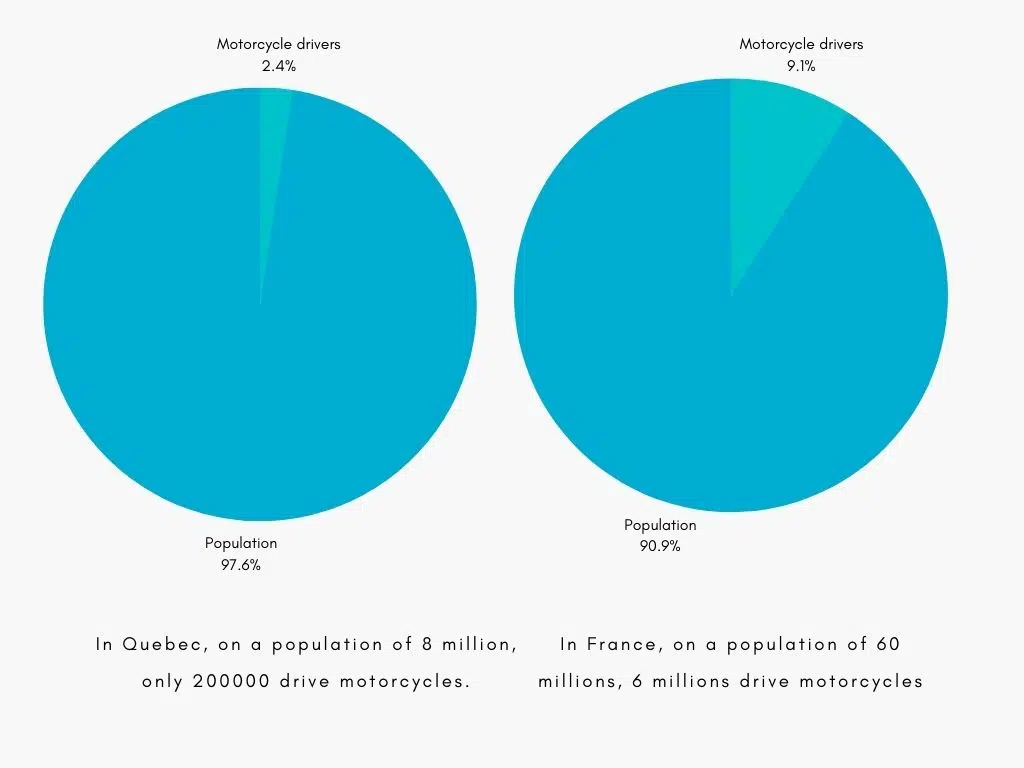
The motorcycle, considered as a means of transportation, allows to move from a point A to a point B with a certain ease.
In addition to saving gas, the motorcycle can easily fit into traffic during traffic jams.
It also has the advantage of being easier to park in cities, given its size.
However, the status of the motorcycle in Quebec is not really defined.
The SAAQ (Société de l’assurance automobile du Québec) does not clearly establish that the motorcycle is a means of transportation. We are in a grey area. In some documents, the SAAQ refers to motorcycling as a sport.
What if motorcycling is indeed a sport? Let’s start with this hypothesis.
Let’s look at the definition of what a sport is according to the Robert dictionary:
“Physical activity exercised in the sense of play and effort, and whose practice implies methodical training and respect for rules.”
Reading this definition, we can see that motorcycling can very well fall into this category. If we push the research further by focusing on motorized sports, the motorcycle is part of the enumeration as well as motocross (see the tables below) and marine motorcycle.
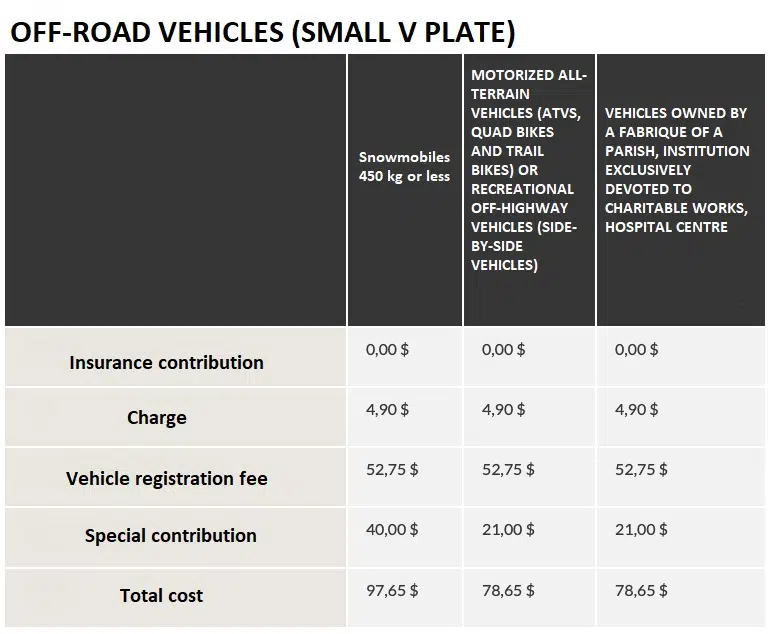
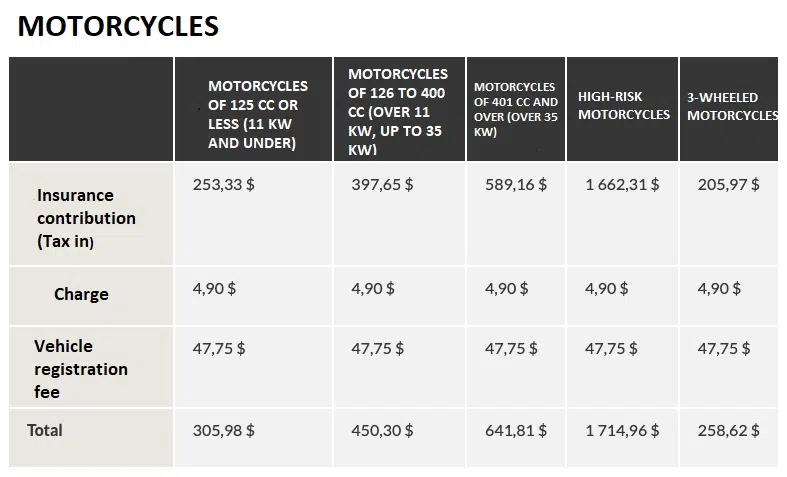
So the question to ask is, why do we need to have additional insurance to cover our medical expenses if we are considered a sport?
Because we use the roads of Quebec? However, cyclists also sometimes use the road circuit and do not have to pay an additional amount to be treated.
Moreover, if a cyclist is injured on the road, without impact with a vehicle, it is the RAMQ (Régie de l’assurance maladie du Québec) that takes over, while for the motorcyclist, it is another story.
So what happens in the case of a motorcycle accident?
When an accident occurs, the people involved are directed via the ambulance service or invited to go to a hospital when they can get there by their own means.
The treatment is done by the medical world. A physician completes an initial report and the necessary care is provided to help the injured person recover.
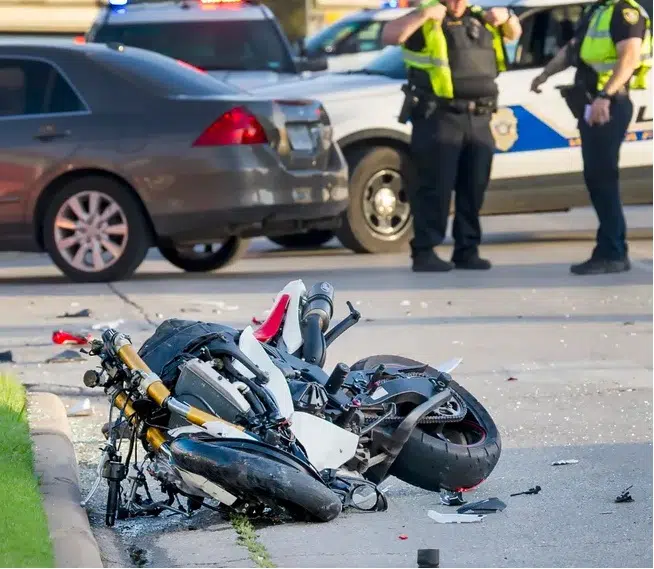
Did you know that the total costs amount to approximately 25 million per year for all road accident victims from all classes of vehicles: motorcycles, cars, trucks, etc.?
This amount, which comes from the payment of your registration fees, is transferred from the SAAQ’s coffers to the RAMQ’s annually.
However, if motorcycling is a sport, shouldn’t it be considered as such in the treatment of accident victims?
There is no difference between a motocross accident, a jet ski accident or a downhill ski accident: all receive care paid for by the RAMQ.
There is no other insurance to pay for the care of these sports.

However, it is possible for each individual to take out additional insurance to receive an income replacement benefit or other benefits to enhance the group plan.
The income replacement benefit provided by the Quebec automobile insurance plan is not at issue here, but rather the transfers made from the SAAQ to the RAMQ, while other motorized sports enthusiasts do not have to pay such amounts.
We are talking about the “medical care” portion. And we must add the administrative costs of these transfers.
Let’s do a simulation.
Let’s imagine that, out of the $25 million transferred to the RAMQ, the portion that comes from the “motorcycle fund” is $15 million.
Based on this assumption, the “bodily insurance” portion involved in this transfer would be $300/year for the premium of a motorcycle in the risk category, $88/year for the premium of a regular motorcycle and $33 for the premium of a three-wheeler.
These figures do not include the amounts taken for the administration of the transfers. This reality must lead us to question once again the fairness of the system for motorcyclists in Quebec.

Moreover, the payment vacation for driver’s licenses, granted as a result of the surplus accumulated by the investments at the Caisse de dépôt, has also been less beneficial to motorcyclists.
Let me explain.
Each year on your registration (in the bottom paper), a certain amount is subtracted from your insurance premium and your license fee in relation to the surplus made at the Caisse de dépôt et de placement.
This time, this amount was deducted because of the payment vacation on your driver’s license. This $27 return has disappeared…
Furthermore, the calculation for this so-called payment vacation seems to really disadvantage people in the motorcycle class who have contributed more than car drivers.
In fact, motorcyclists in the at-risk category received a refund of around 4% of their contribution for the year, motorcyclists in the standard category received an amount of around 11% of the value while motorists received a refund of around 54%.
Here again, we can see a situation where equity is not being respected.
Furthermore, knowing that some accidents involve road condition problems, how is it that the SAAQ does not request transfers from the Ministry of Transport to cover the costs of accidents related to this aspect in the same way that it transfers to the RAMQ?
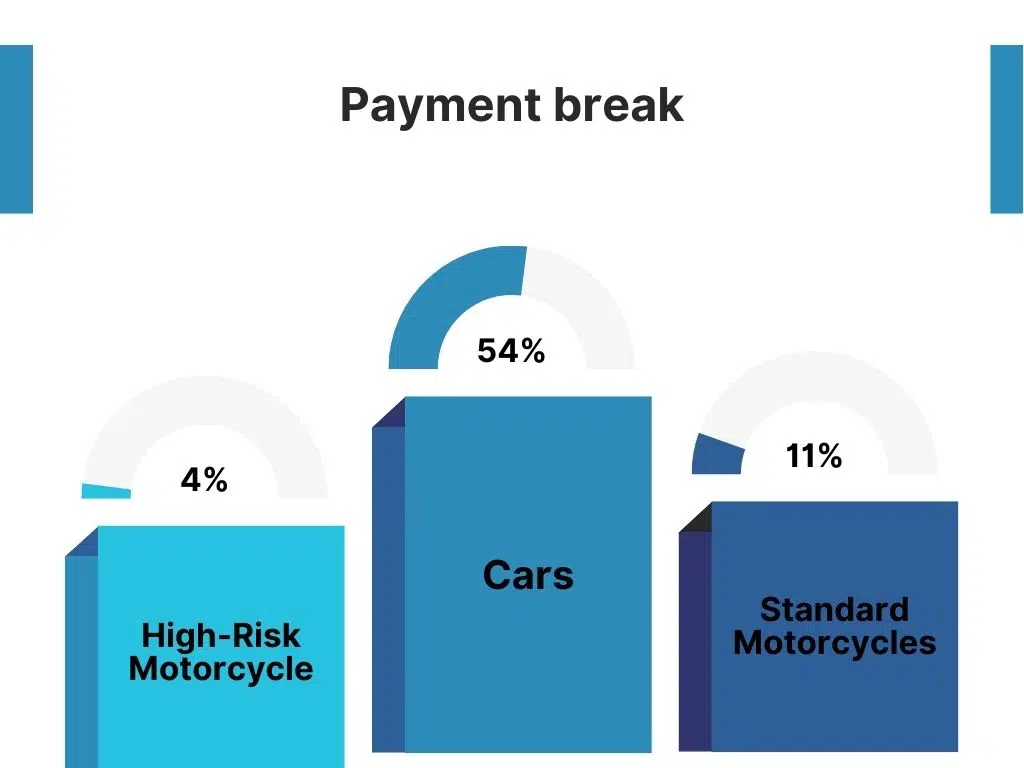
In this article, I wanted to make you think about some of the issues that involve our rights regarding bodily injury insurance so that you will be more aware and better able to assert your rights in order to obtain a rate that is representative of your true risk.
I hope that this information has led you to question the reality of motorcyclists in Quebec and that together we can improve this reality.
Sophie H.



